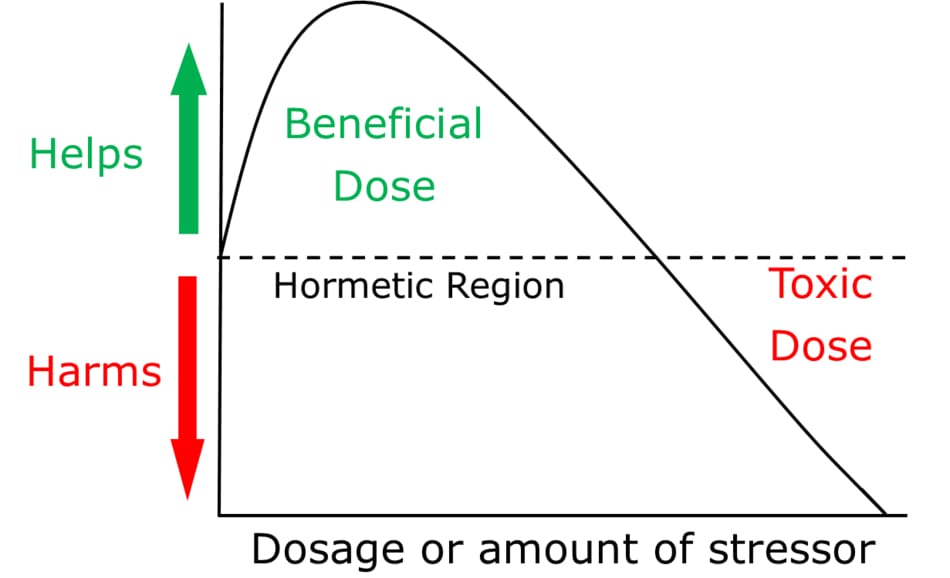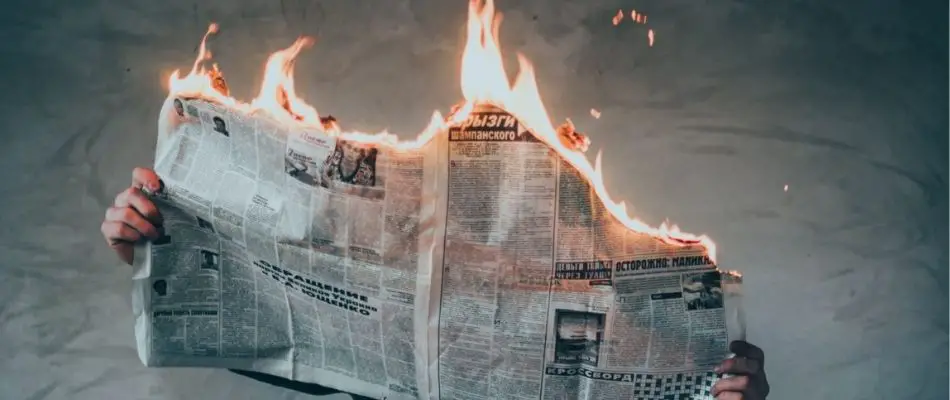Across the years that I have been teaching, the reasons that people want to learn tai chi have changed dramatically. There is still a huge interest in the martial and meditative aspects but now more than ever people are wanting to learn tai chi for anxiety concerns. In a sad way this completely makes sense. With all the political, environmental, health and financial turmoil in recent years we are all left feeling nervous and unsettled about our future. And it’s no wonder, check out these statistics on anxiety:
Anxiety disorders are the most common mental illness in the U.S., affecting 40 million adults in the United States age 18 and older, or 18.1% of the population every year.
Anxiety disorders are highly treatable, yet only 36.9% of those suffering receive treatment.
People with an anxiety disorder are three to five times more likely to go to the doctor and six times more likely to be hospitalized for psychiatric disorders than those who do not suffer from anxiety disorders.
Anxiety disorders develop from a complex set of risk factors, including genetics, brain chemistry, personality, and life events.
National Institute of Mental Health, World Health Organization: Mental Health
Those of us that are long-term practitioners do not need to be convinced how good we feel and how much better our days go when we are practicing regularly. Thankfully the world and researchers are waking up to just how powerful an antidote tai chi is.
Research has shown that using tai chi for anxiety is successful at reducing symptoms most likely because tai chi positively impacts the nervous system with elongated breath, bringing focus to the body and present moment, and improving posture.
The news gets better because feeling relief from stress can happen quite quickly with tai chi, it’s inexpensive, and there are no side effects. Let’s start with a tiny bit of science to give you the buy-in needed to keep practicing or start practicing, share some tai chi exercises for anxiety, and end with an activity that anyone can use to immediately change their mental and emotional state.

The Science Behind Successful Responses to Stress: Hormesis
Bear with me for two minutes as we get all science-y and talk about hormesis. Hormesis is a favorable biological response to low exposures to toxins and other stressors. Basically, if you stress a system with a small enough dose, the response of the system will create an environment that can handle that stressor or a bigger stressor. If the stressor is too big for the system, it becomes toxic.
Using the flu as an example, a vaccination stresses our system just enough to create an immuno-response so that if that strain of the flu shows up, we have exposure (experience) and the flu is not as awful. But what happens when we catch the flu and our body has never seen it before? By definition, this level of flu is toxic and our body hits eject from every potential opening.
How about in life? Here are two quick examples to wrap our mind around hormesis before showing how tai chi plays a roll in reducing anxiety.
Debt
I will date myself here but I remember practically having a heart attack in college because of a $300 credit card bill. Now, $300 barely covers our phone bill. It’s no longer a stress at all. I have built up my resiliency to the smaller dose. Would a $30,000 credit card bill cause me to freak out? I would totally lose it! That level of negative load would be toxic to me and I would probably cave in, visit the liquor cabinet, and try to come up with a plan. When I successfully pay off the $30,000, my new level of experience will make that less scary next time. Hopefully I would build up some immunity (financial knowledge) to avoid that situation again in the future.
Weight Lifting
When you lift weights and get sore, the body says: “Holy moly! That scared me that we couldn’t lift that much and it stressed me out. Put some muscle on so that we can handle that type of stress next time we encounter it.” If the stressor (increased weight) is frequent then you will build muscle to become more resilient. You will then be able to handle more weight and it will take even more weight before your muscles freak out and “fail” again.
The general idea is that to combat a stressor, we can get a micro-dose or micro-exposure to create resilience in our system. This is where tai chi comes in.
Two Examples of How Tai Chi Reduces Stress
The tai chi form creates micro-doses of stressors that enables a person to adapt in a very safe way. While we are exposed to these stressors, we are continually focusing on our breathing so we increase our resiliency and adapt in a safe way. We wrote an entire article on using tai chi to reduce stress but here are two great examples:
Standing Meditation
Deep standing meditation causes leg pain, an increased pulse, rapid breathing, and sweating. The entire time (3 minutes for the deeper sets) we are standing, we concentrate on slowing our breath and watching our mind as it tries to convince us to stop.
What happens when we get angry at work? Our pulse increases, and we start huffing and puffing. The average person reacts negatively to the stressor. The bodies of standing meditation practitioners have two options: freak out or breath deep. We typically freak out, then breath deep :). At least for us it is an option. For advanced practitioners, the flight or fight response actually kicks on the deep breathing automatically!
The Tai Chi Form
Most Tai chi long forms are 18-22 minutes on average. This is just enough time to cause mental fatigue where you really have to concentrate to remember the moves, especially at the end when you are tired. To me, this correlates with long work days where as the day goes on we continue to fatigue and our work, focus, and concentration get sloppy. Relaxing and breathing reduce the tension to see things through to the end.
Tai Chi forms also require continue focus and work on deep postures. This isn’t comfortable and it isn’t a goal we ever obtain so why do we abuse ourselves? The deep postures have the effect of opening our hips and joints, they make us sweat, and they hurt as we breathe and move through them. Again, we stay calm and breathe through pain and discomfort. The deeper and longer we go, the more resilient we become and the greater capacity we have for pain, duration, and discomfort.
I am so continually awestruck by the innate intelligence that is present in the tai chi forms and qigong sets. The originators of these forms must have had such an amazing connection to their body and mind to know which order to put the moves in, how long to perform a move, and how long to do a routine in order to use tai chi for stress. It is truly a higher form of intelligence.

Are Western Approaches to Reducing Anxiety Failing Us?
I want you to think about how completely opposite the western approach to reducing anxiety is from what I described above. So many suggestions in the West are centered around avoiding the stressor, reducing the stress, creating an environment that is “an oasis” from stress – dim lights, lava lamps, soft music, baths… I am not ripping on these strategies. They are absolutely needed in today’s fast world. However, there are three fundamental problems with this approach if used in isolation:
Control
You, me, anyone, can’t control other people or the anxieties in our life. What if you truly can’t get away? Can’t quit your job? Can’t avoid a certain person? Have to finish that semester? Wouldn’t it be better or at least as good to develop a strategy that builds resistance to the anxiety?
Dosage
How many baths should you take when you lose your job? How many candles do you light when you are worried about final exams? What if it happens again? Most typical people are pretty resilient to anxiety. It’s when a whole lot goes wrong all at once or we are under duress for a really long time and get worn out. A foot bath is nice but some situations require a full-on vacation! Reduction strategies do not always provide enough of a dose.
Accumulation
Our resilience decreases as the day goes on. We also get worn down over time. What do we do if our next stressful event hits before we can “get a break?”
What we also need is a practice or strategy that teaches us how to continually be in a good place. A practice, like hormesis, that gives us a micro dose of stress to enable the sympathetic nervous system to 1) kick in and 2) increase our resilience. This is how I believe qigong or tai chi and anxiety are connected. We purposefully stress the system and then breath deep, stop hunching over, and concentrate on the present WHILE the stressor is taking place. This gives us the practice we need to effect real change outside of tai chi classroom.
Reduce Your Stress and Anxiety Quickly
Readers here come from many different backgrounds, have different practices, or have no practice at all yet (Get going. Find a class!). So I wanted to share an extremely effective exercises for anxiety that requires no eastern knowledge but conforms to eastern principles. David Grossman, a retired Army Ranger and lieutenant colonel shares a technique that he calls “Tactical Breathing” in his book: On Combat: The Psychology and Physiology of Deadly Conflict in War and Peace. It is easy to remember and highly effective.
The 4-4-4-4 Breathing Method or Square Breathing
- Breathe into your stomach through your nose for a count of 4. Keep your abs firm and allow the air to fill your lower back space.
- Hold your breath for a count of 4.
- Draw your stomach in to exhale all of your air out for a count of 4.
- Hold your breath (with no air in) for a count of 4.
- Repeat 4 times.
- 4-4-4-4
Why does it work? Back to the science. Your sympathetic nervous system (fight or flight) pays attention to heart rate, breath rate, and the correlation between the amount of carbon dioxide and oxygen in your system. If you are scared or need to flee, your body will oxygenate your blood and keep it down in your legs so you can run. Blood is not needed in your head because then you will think and not react quickly to a pressing danger. The 4-4-4-4 technique increases (equalizes) the amount of carbon dioxide compared to oxygen and brings your pulse and breathing rate down. Thus blood flows back up to the head and responsive, not reactive thinking resumes.
Secondly, the exhales and breath holding, while only lasting 4 seconds, is uncomfortable and causes you to stress and freak out a little bit. But, and this is a big but, you sit there, breath slowly and your body knows that everything is going to be alright. What do you think will happen during your next attach of anxiety? You will be better off and you will breathe. This is one of several deep breathing techniques that are great at calming your nervous system.
Commit to your practice this year. Any practice. Get all the un-stressful benefits from breathing, tai chi, and qi gong and don’t become a national statistic by quieting your mind.
References:
- The Effects of Tai Chi and Qigong on Anxiety and Depression: New Treatment Insights and Options – The Massachusetts General Hospital Guide to Depression (pp.211-222).
- The effects of tai chi on depression, anxiety, and psychological well-being: a systematic review and meta-analysis – Fang Wang, Eun-Kyoung Othelia Lee, Taixiang Wu, Herbert Benson, Gregory Fricchione, Weidong Wang, Albert S Yeung.
- The Effects of Tai Chi and Qigong on Anxiety and Depression: New Treatment Insights and Options – The Massachusetts General Hospital Guide to Depression (pp.211-222).
- Tai Chi and Qigong for the Treatment and Prevention of Mental Disorders – Ryan Abbott, MD, JD, MTOMa and Helen Lavretsky, MD, MSb.


